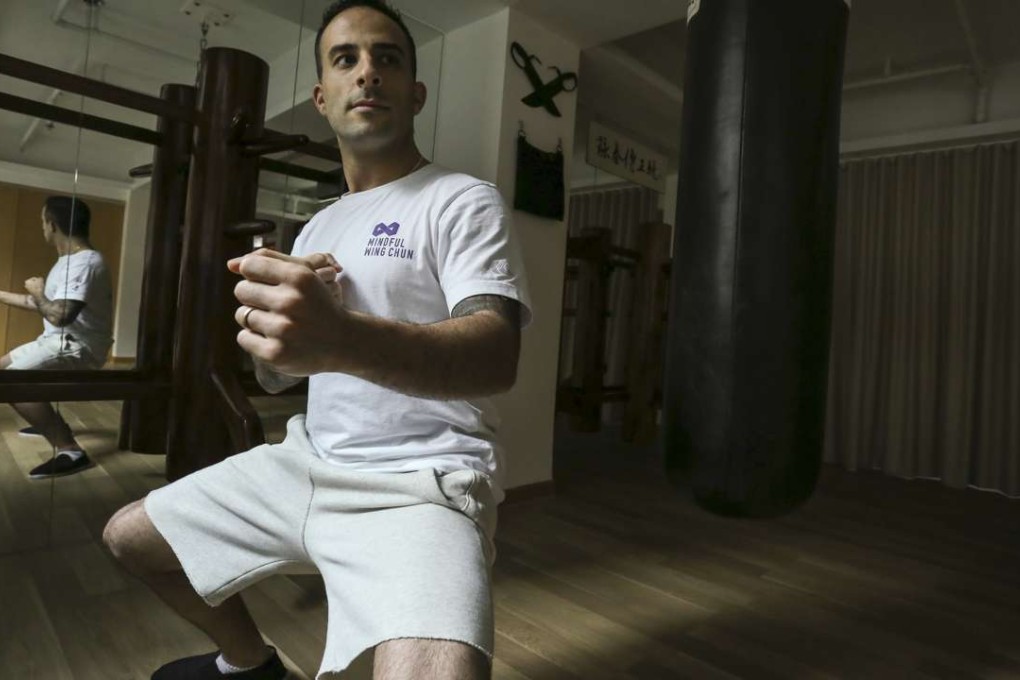Martial art sets Hong Kong Iranian immigrant on a better path
An angry child and troubled teen who became a centred adult thanks to martial arts, Nima King opened a wing chun studio in Hong Kong to inspire others

Compact and lean. Graceful and efficient. Open, measured and thoughtful. These are all traits Nima King proudly possesses today. And he’s a long way from the “angry” kid he was 22 years ago.
“Born and raised in war-torn Iran, I arrived in Australia aged 10 as an angry person. I would easily lose my temper,” he says.
The angry child grew into a vexed teen who often got into fist fights. He credits his transformation to a decision he made at the age of 15.
“I decided it was time to learn how to defend myself,” he says. “I opened the Yellow Pages and picked the biggest and brightest ad in the martial arts section. I’m just lucky it was wing chun.”
His journey soon led him to Hong Kong, where he trained under grandmaster Chu Shong-tin, the third student of martial arts teacher Ip Man. In 2009, King opened the Mindful Wing Chun School.
